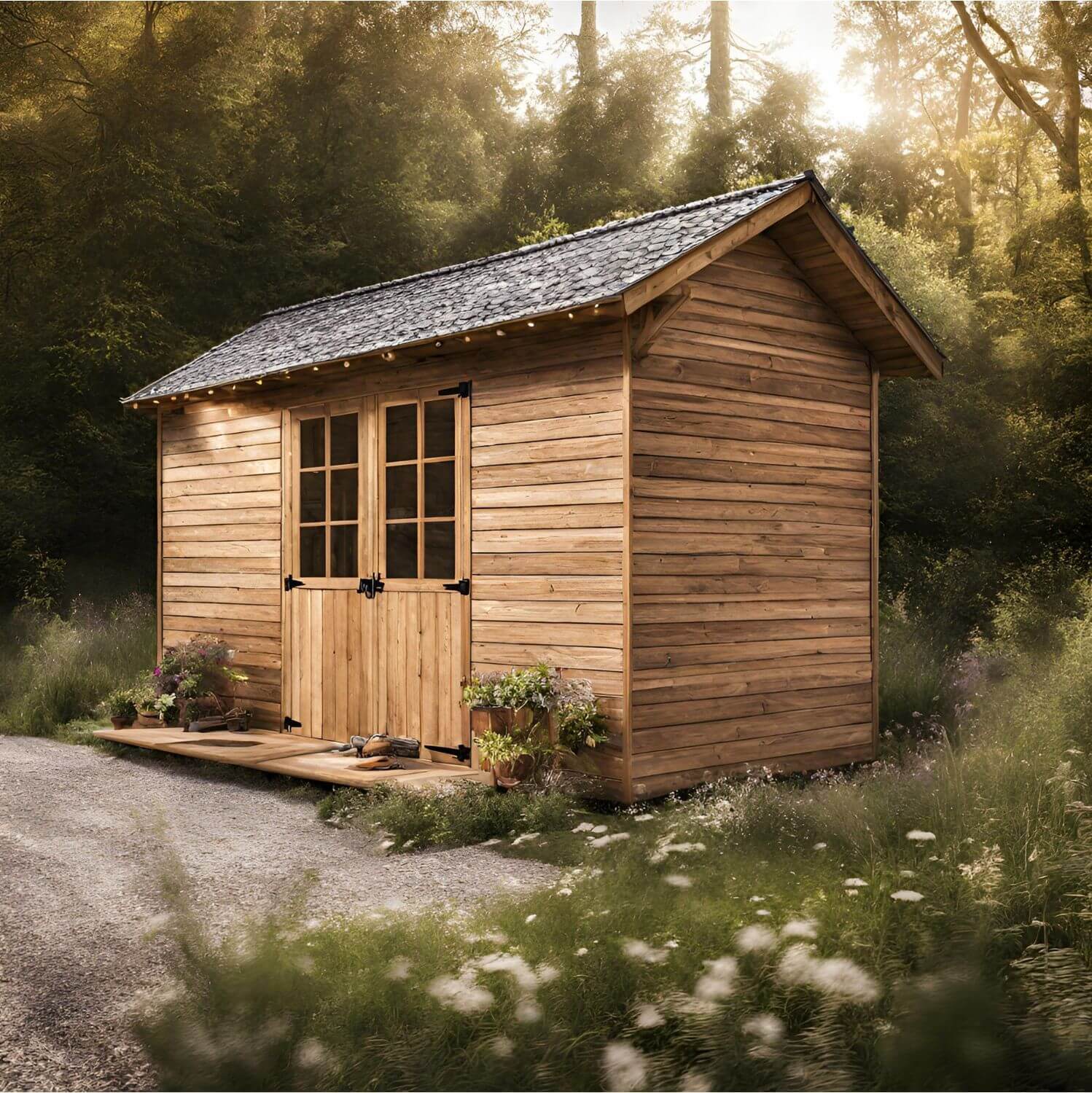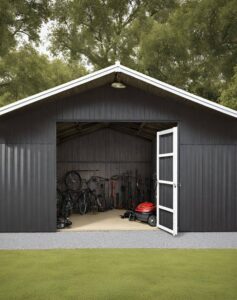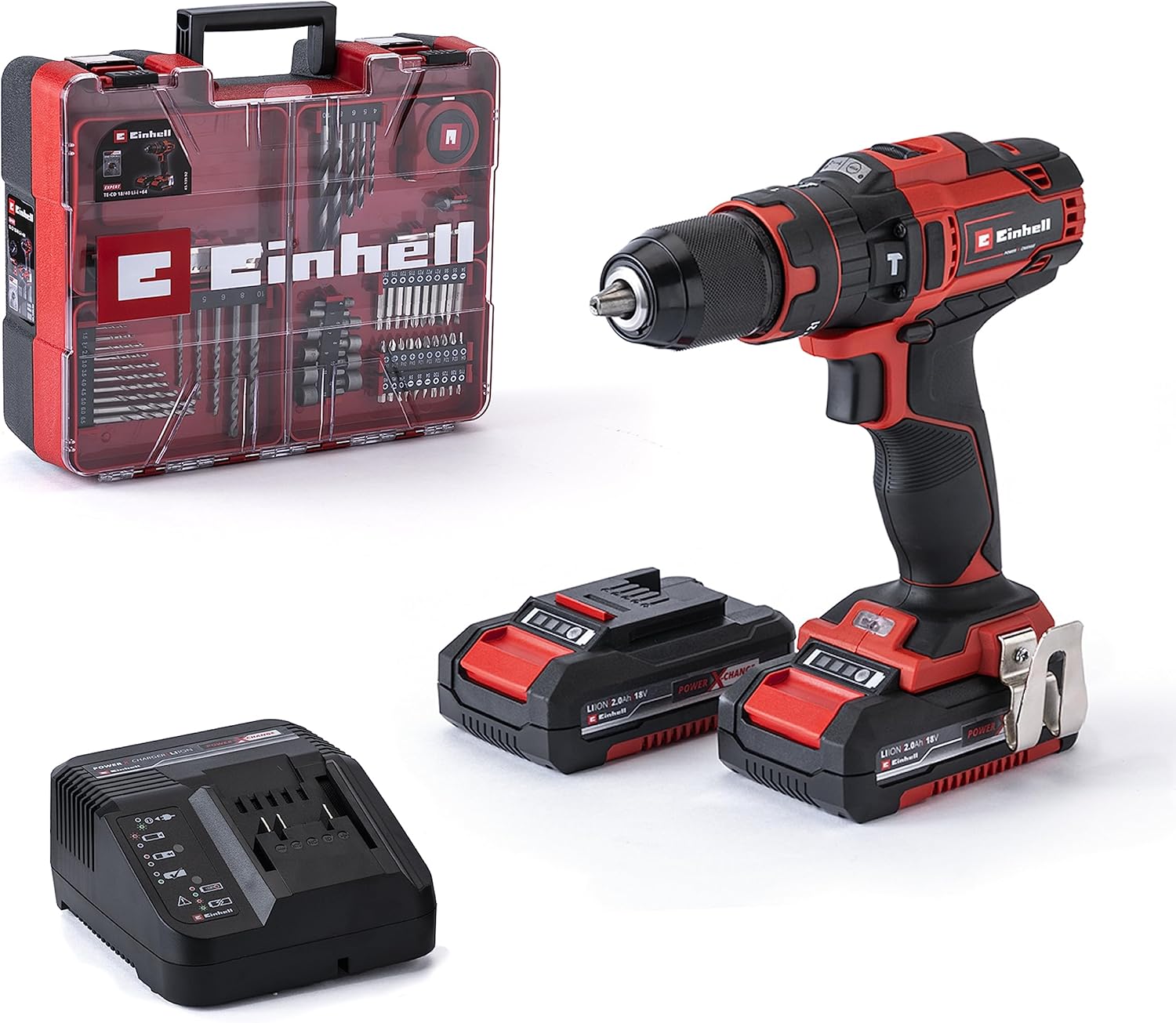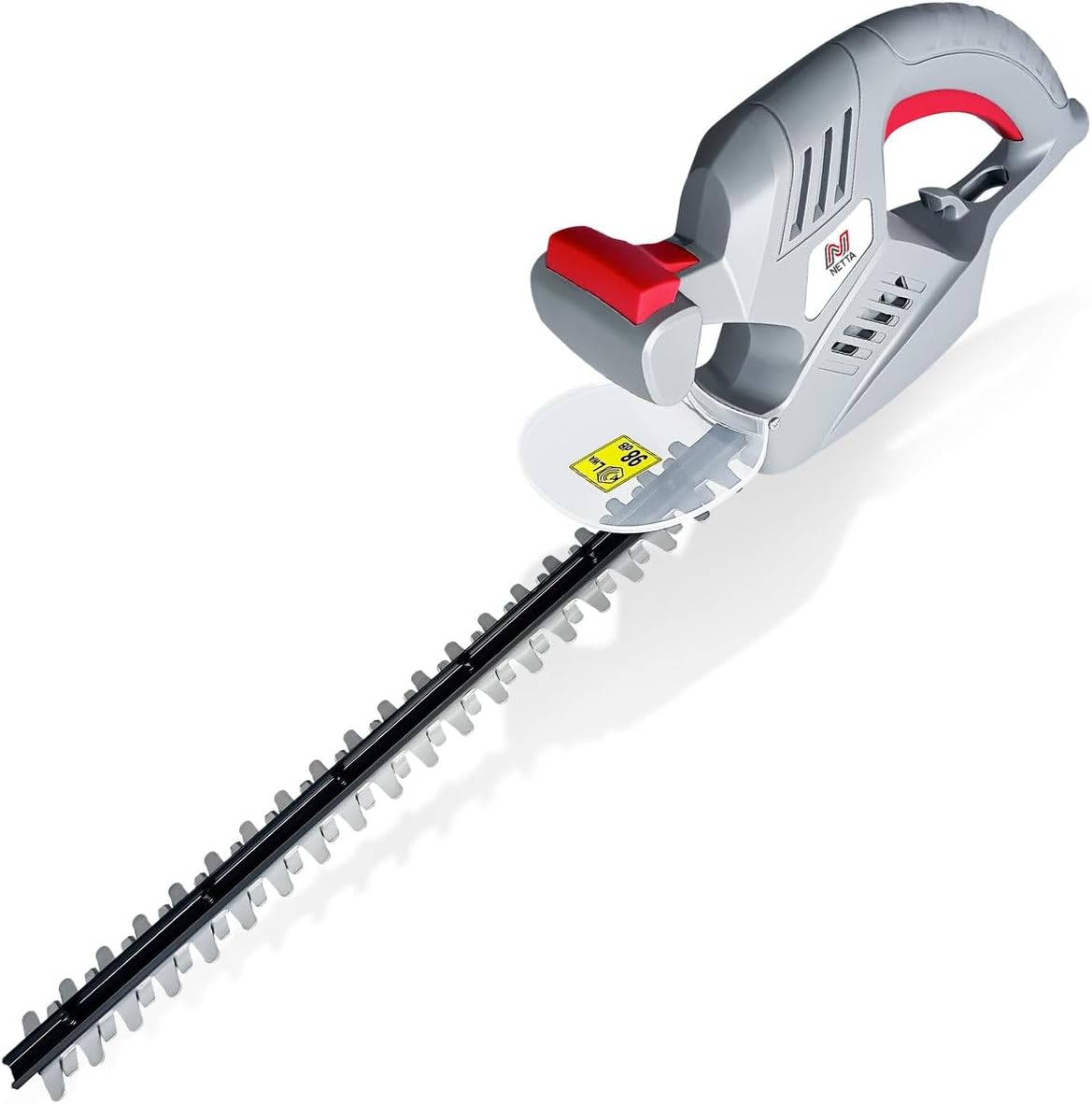
If you’ve been dreaming of adding a shed to your backyard, you may be wondering about the cost involved. Building a shed in the UK may seem like a daunting task, but fear not! In this article, we will explore the factors that influence shed construction costs, from materials and size to design and labor. By the end, you’ll have a clear idea of how much it would cost to build your very own shed in the UK. So let’s get started and bring your shed dreams to life!
Planning for a Shed
When it comes to planning for a shed, there are several important factors to consider. The first step is choosing a suitable location for your shed. You’ll want to find an area that provides easy access and is level and free from any obstructions. This will ensure a smooth and hassle-free construction process.
Once you have determined the location, the next consideration is the size of the shed. Think about your specific needs and how you plan to use the shed. Are you looking for a small storage space or a larger workshop? Take into account the available space, as well as any potential future expansion requirements.
With the location and size determined, it’s time to select a design for your shed. There are countless options available, ranging from traditional barn-style sheds to more modern and contemporary designs. Consider the overall aesthetic you want to achieve and how well it will blend with the surrounding environment.
Before proceeding with the construction, it is crucial to check for any permits or regulations that may apply. Depending on your local area, there may be specific rules and guidelines regarding shed construction. Ensure that you comply with all necessary permits and regulations to avoid any potential legal issues in the future.
Materials and Construction
The choice of materials is a critical aspect of shed construction. There are three main options to consider: wood, metal, and plastic. Each material has its own advantages and disadvantages, so it’s important to evaluate them based on your specific requirements.
Wooden sheds are a popular choice due to their aesthetic appeal and versatility. They blend well with natural surroundings and can be easily customized. However, they require regular maintenance and may be prone to rot and pests if not properly treated.
Metal sheds, on the other hand, provide durability and strength. They are resistant to pests and require minimal maintenance. However, they may not have the same aesthetic appeal as wooden sheds and can be prone to rust if not properly cared for.
Plastic sheds are lightweight, low-maintenance, and affordable. They are resistant to pests and rot, making them a popular choice for storage purposes. However, their durability may be compromised in extreme weather conditions, and they may not offer the same level of customization as wooden sheds.
For the foundation and flooring of your shed, you’ll need to consider whether to use concrete, wood, or gravel. Concrete provides a stable and long-lasting foundation, but it can be costly and time-consuming to install. Wood is a more affordable option, but it may require periodic maintenance. Gravel is a budget-friendly choice that allows for good drainage but may not provide the same level of stability as concrete.
When it comes to walls and roofing, there are several options to consider. For wooden sheds, traditional wood siding provides a classic look, while vinyl siding offers increased durability and low maintenance. Metal sheds often come with pre-assembled panels, providing easy installation and durability. Plastic sheds typically have molded walls and roofs, offering lightweight construction and weather resistance.
Windows, doors, and insulation are crucial elements to consider based on your shed’s purpose. Windows provide natural light and ventilation, while doors should be sturdy and secure. Insulation is essential if you plan to use your shed for activities that require temperature control, such as a workshop or office space.

Building Costs
When it comes to building a shed, the costs can vary depending on several factors. Labor costs, material costs, and additional expenses should all be taken into consideration.
Labor costs will depend on whether you choose to hire a professional or opt for DIY construction. Hiring a professional can ensure a high-quality and efficient build but comes with additional costs. On the other hand, building a shed yourself can save money but requires a significant time investment and the necessary skills.
Material costs will depend on factors such as the size, materials chosen, and any additional features or customizations. It is advisable to obtain quotes from multiple suppliers to compare prices and quality before making a final decision.
Additional expenses can include permits, tools, equipment rentals, and landscaping. It is essential to factor these costs into your overall budget to avoid any surprises along the way.
Shed Sizes and Prices
Sheds come in a range of sizes to suit different needs and budgets. Small sheds typically measure around 6ft x 4ft or 8ft x 6ft and are suitable for storing garden tools and equipment. Prices for small sheds can range from £300 to £800, depending on the materials and features chosen.
Medium-sized sheds are generally around 10ft x 8ft or 12ft x 10ft and provide more storage space for bikes, lawnmowers, and other larger items. Prices for medium sheds can range from £800 to £2,000, depending on the materials and features chosen.
Large sheds, which can measure 14ft x 12ft or 16ft x 10ft, offer ample space for workshops, hobbies, or additional storage. Prices for large sheds can range from £2,000 to £5,000, depending on the materials and features chosen.
It’s important to consider your specific requirements and budget when choosing the size of your shed. A smaller shed may be more cost-effective, but if you require additional space in the future, it may be worth investing in a larger shed from the start.

Additional Features and Customizations
There are several additional features and customizations that you can consider when building your shed. These can enhance the functionality and aesthetics of your shed, ensuring that it meets your specific needs.
Electricity and lighting are essential if you plan to use your shed for activities that require power. Installing electrical outlets and lighting fixtures will provide convenience and make your shed more functional.
Shelving and storage options are important for keeping your shed organized and maximizing storage space. Built-in shelves, hooks, and overhead storage systems can help keep your tools and equipment neatly stored and easily accessible.
Security and locking systems are crucial for protecting the contents of your shed. Consider installing secure doors and windows, as well as a locking mechanism to deter theft and ensure peace of mind.
Shed Installation or DIY?
Deciding whether to hire a professional or build your shed yourself is an important consideration. Each option comes with its own set of advantages and disadvantages.
Hiring a professional can guarantee a high-quality build with minimal hassle. Professionals have the necessary skills, experience, and tools to ensure an efficient and well-constructed shed. However, this option can be more expensive, as you’ll need to account for labor costs.
Building your shed yourself can be a cost-effective option if you have the necessary skills and time. It allows for customization and a sense of pride in completing the project yourself. However, this option requires a significant time investment, research, and the ability to follow instructions accurately.
Consider your budget, time availability, and skill level before making a decision on whether to hire a professional or embark on a DIY shed construction project.
Tips for Cost-Effective Shed Building
If you’re looking to build a shed on a budget, here are some helpful tips to keep costs down:
- Plan and research thoroughly before starting your project. This will help you determine the most cost-effective materials, design, and construction methods.
- Obtain quotes from multiple suppliers for materials to ensure you get the best price and quality.
- Look for deals and discounts on materials, such as clearance sales or bulk purchases.
- Consider using recycled or salvaged materials, which can often be obtained at a lower cost or even for free.
- Plan your shed design to minimize waste and optimize material usage.
- Consider doing some of the simpler tasks yourself and hiring professionals only for the more complex aspects of construction.
By implementing these cost-saving measures, you can build a shed that meets your needs without breaking the bank.
Shed Maintenance and Longevity
To ensure the longevity and durability of your shed, regular maintenance is essential. Here are some tips to help you keep your shed in good condition:
- Treat and preserve the wood or other materials according to the manufacturer’s guidelines. This will protect against rot, pests, and weather damage.
- Regularly clean your shed to remove dirt, debris, and any potential sources of damage.
- Inspect your shed periodically for any signs of damage, such as loose boards, leaks, or cracks. Repairing these issues promptly will prevent further damage.
- Maintain the surrounding vegetation to prevent overgrowth, which could damage the shed.
- Keep gutters and downspouts clear to ensure proper drainage and prevent water damage.
By implementing a regular maintenance routine, you can extend the lifespan of your shed and prevent costly repairs in the future.
Building a Shed vs. Buying a Pre-Made Shed
When considering whether to build a shed or buy a pre-made one, it’s important to weigh the pros and cons of each option.
Building a shed allows for customization and the ability to design a shed that meets your specific needs. You have control over the materials used, the design, and any additional features. However, building a shed requires time, effort, and the necessary skills.
Buying a pre-made shed offers convenience and saves time. You can choose from a variety of designs and sizes, and the shed is typically delivered and installed for you. However, pre-made sheds may be limited in terms of customization options and may not perfectly fit your specific requirements.
Consider your budget, time availability, and desired level of customization when deciding whether to build or buy a shed.
Conclusion
Planning and building a shed can be an exciting project that offers a dedicated space for storage, hobbies, or work. By carefully considering factors such as the location, size, design, materials, and additional features, you can ensure that your shed meets your specific requirements and budget.
Whether you choose to hire a professional or embark on a DIY construction project, it’s important to do thorough research, obtain multiple quotes, and carefully plan your shed to avoid any unexpected costs or issues. Regular maintenance and upkeep will ensure the longevity and durability of your shed, providing you with a functional and aesthetically pleasing space for years to come.
So, whether you’re looking to build a small storage shed or a large workshop, take the time to plan, gather materials, and construct a shed that not only meets your needs but also enhances your outdoor space. Happy shed building!











